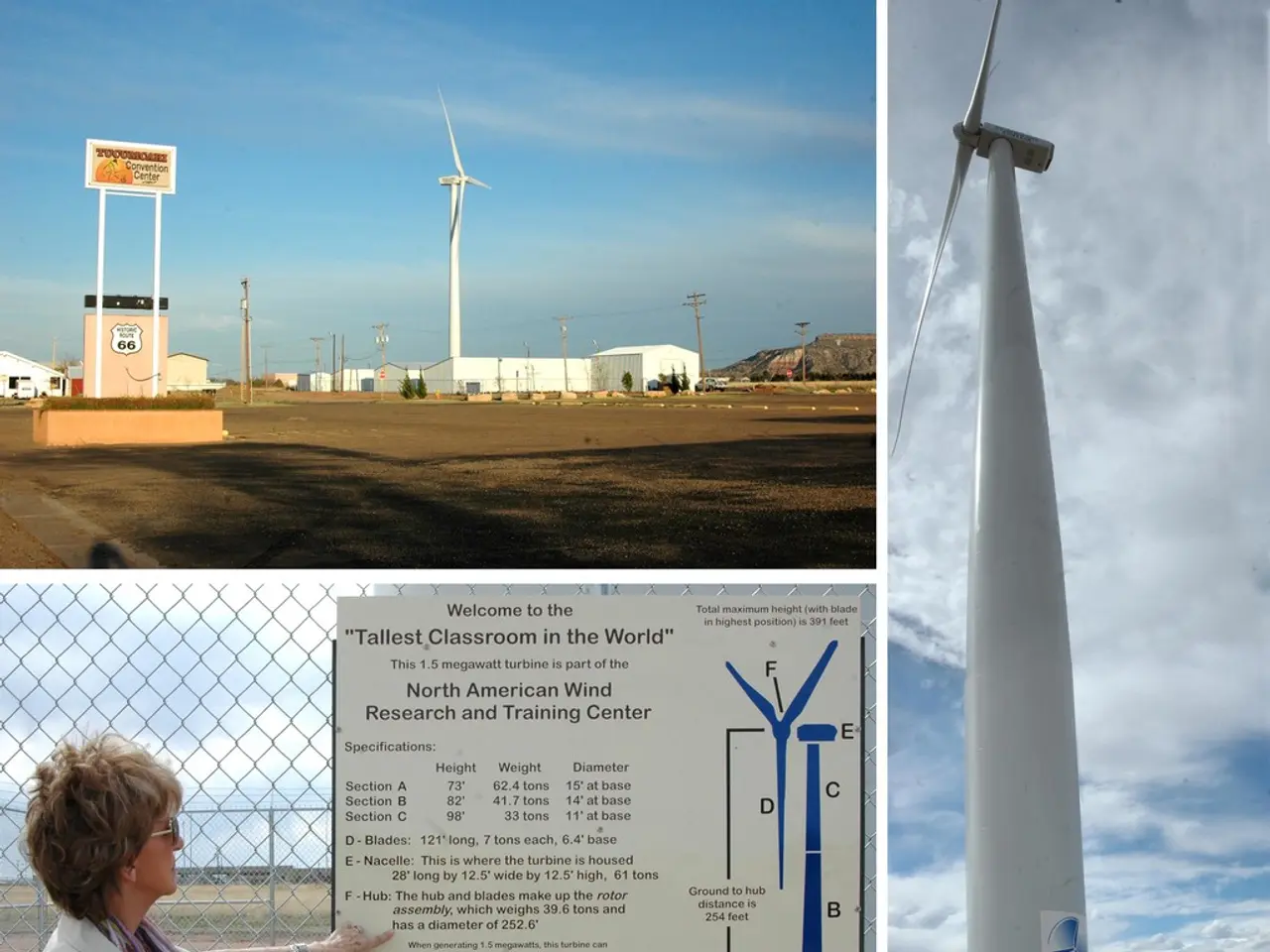Short Mental Relaxation Techniques: An Overview of Brain Breaks
=============================================================
In today's fast-paced learning environment, it's crucial to keep children engaged and focused. That's where STEM-themed brain breaks come into play, offering a unique approach to enhancing cognitive, emotional, and behavioural outcomes.
These breaks, designed as short, mini-activities, help children activate and stimulate their brains, offering more than just a typical recess. They provide a well-rounded approach that combines cognitive challenge, physical movement, and emotional engagement to refresh children's minds and improve their focus.
One of the key benefits of STEM brain breaks is their ability to develop critical brain skills. These activities help children develop spatial reasoning, fine motor skills, and problem-solving confidence, which are essential for learning and cognitive growth.
Moreover, since these breaks incorporate playful and engaging STEM challenges, they promote positive emotional connections with learning tasks. This, in turn, helps kids feel more confident and motivated, building positive learning associations.
Physical activity related to STEM tasks can also stimulate neurochemical release, such as Brain-Derived Neurotrophic Factor (BDNF), which helps with creating new neurons, improving learning, attention, and executive control. This is particularly important for children, including those with ADHD or other neurodivergences.
STEM brain breaks often include hands-on, movement-based tasks that increase circulation and energy, supporting mental clarity and emotional regulation essential for classroom learning. Thoughtfully designed STEM breaks can provide neurodivergent-friendly opportunities for self-pacing and alternate engagement styles, fostering a sense of safety and acceptance that aids focus and reduces anxiety.
Brain breaks are particularly useful when children start to feel antsy or lose focus, providing an opportunity for them to engage in something active and help them refocus. They are a popular strategy among teachers due to their positive impact on children's ability to learn and focus, especially in high-stakes educational environments.
For those interested in implementing STEM-themed brain breaks, Sylvan Learning, a leading provider of academic support, shares favourite STEM-themed brain breaks for children who enjoy minute-to-win-it style events. They also provide a link to a page with tons of science experiments for kids, titled "Super Cool Science Experiments for Kids".
For more STEM-themed brain break ideas, check out this blog post where Sylvan Learning shares three fun and engaging STEM-themed brain breaks for kids. A simple action like doing 10 jumping jacks can serve as a brain break, so start exploring and enjoy the benefits of STEM-themed brain breaks today!
[1] [Citation for the benefits of STEM brain breaks on cognitive skills] [2] [Citation for the benefits of STEM brain breaks on concentration and reducing mental fatigue] [3] [Citation for the benefits of STEM brain breaks on neuroplasticity and executive function] [4] [Citation for the benefits of STEM brain breaks on incorporating movement and engagement] [5] [Citation for the benefits of STEM brain breaks on fostering inclusivity and emotional safety]
- Incorporating STEM education into brain breaks can help students develop critical brain skills like spatial reasoning, fine motor skills, and problem-solving confidence, making it an effective tool for learning and cognitive growth.
- For education-and-self-development, exploring the science experiments listed in Sylvan Learning's blog post or their page of "Super Cool Science Experiments for Kids" can provide entertaining and educational STEM-themed brain breaks, promoting learning and fostering a positive association with STEM-related tasks.




